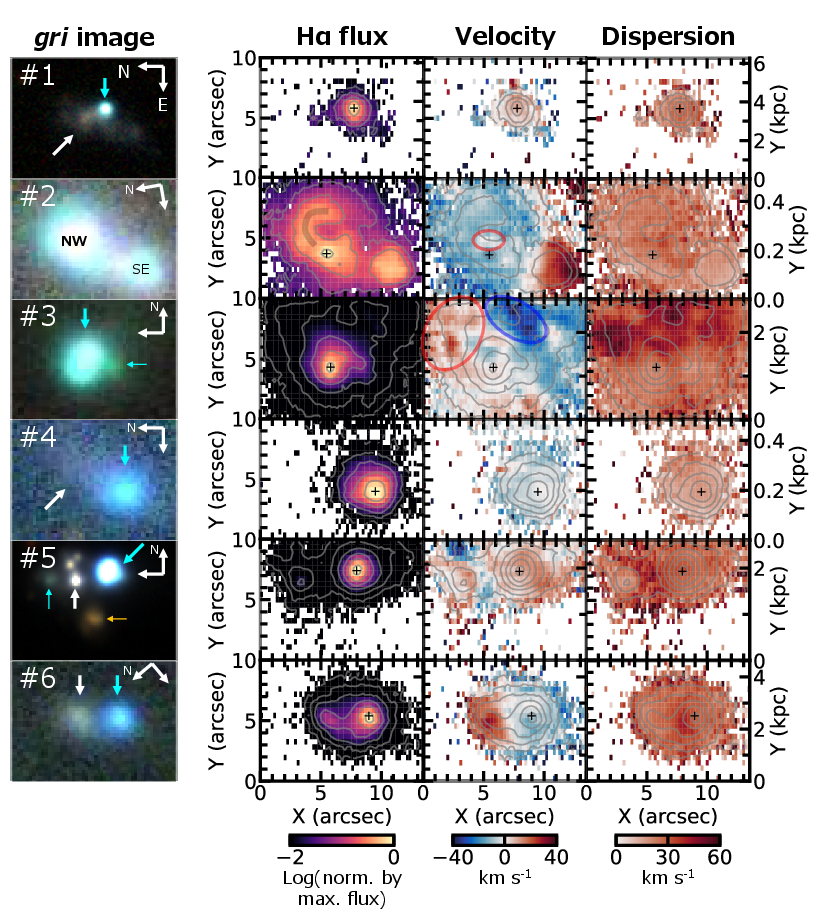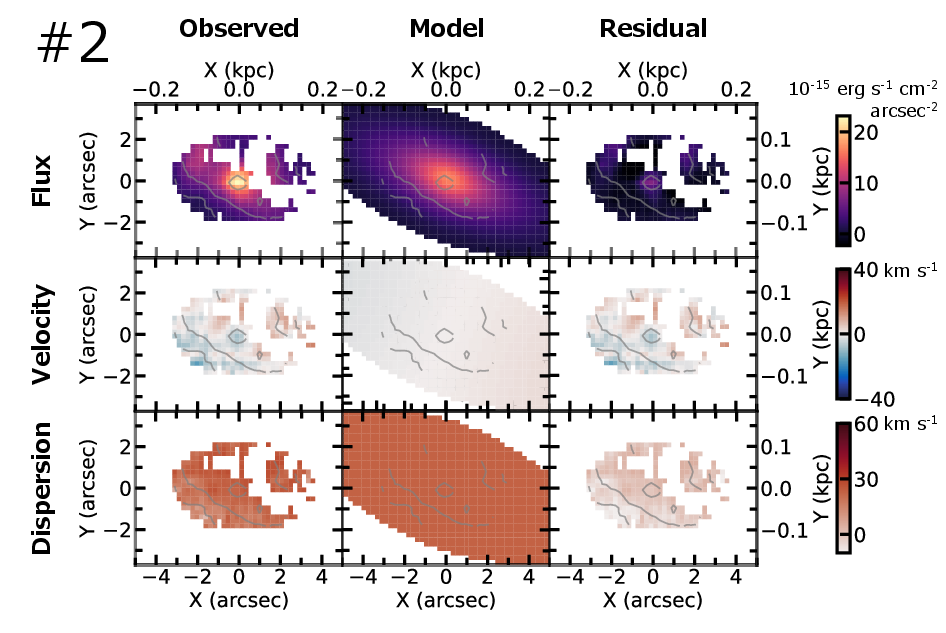研究成果・発表論文
JWST Identification of Extremely Low C/N Galaxies with [N/O] ≳ 0.5 at z 6-10 Evidencing the Early CNO-cycle Enrichment and a Connection with Globular Cluster Formation
Isobe, Yuki, Ouchi, Masami, Tominaga, Nozomu, Watanabe, Kuria, Nakajima, Kimihiko, Umeda, Hiroya, Yajima, Hidenobu, Harikane, Yuichi, Fukushima, Hajime, Xu, Yi, Ono, Yoshiaki, & Zhang, Yechi
要旨
We present chemical abundance ratios of 70 star-forming galaxies at z ~ 4-10 observed by the JWST/NIRSpec Early Release Observations, GLASS, and CEERS programs. Among the 70 galaxies, we have pinpointed two galaxies, CEERS_01019 at z = 8.68 and GLASS_150008 at z = 6.23, with extremely low C/N ([C/N] ≲ -1), evidenced with C III]λλ1907,1909, N III]λ1750, and N IV]λλ1483,1486, which show high N/O ratios ([N/O] ≳ 0.5) comparable with the one of GN-z11, regardless of whether stellar or active galactic nucleus radiation is assumed. Such low C/N and high N/O ratios found in CEERS_01019 and GLASS_150008 (additionally identified in GN-z11) are largely biased toward the equilibrium of the CNO cycle, suggesting that these three galaxies are enriched by metals processed by the CNO cycle. On the C/N versus O/H plane, these three galaxies do not coincide with Galactic H II regions, normal star-forming galaxies, and nitrogen-loud quasars with asymptotic giant branch stars, but with globular-cluster (GC) stars, indicating a connection with GC formation. We compare the C/O and N/O of these three galaxies with those of theoretical models and find that these three galaxies are explained by scenarios with dominant CNO-cycle materials, i.e., Wolf-Rayet stars, supermassive (103-105 M ⊙) stars, and tidal disruption events, interestingly with a requirement of frequent direct collapses. For all the 70 galaxies, we present measurements of Ne/O, S/O, and Ar/O, together with C/O and N/O. We identify four galaxies with very low Ne/O, log(Ne/O) < -1.0, indicating abundant massive (≳30 M⊙) stars.








 Ja En
Ja En